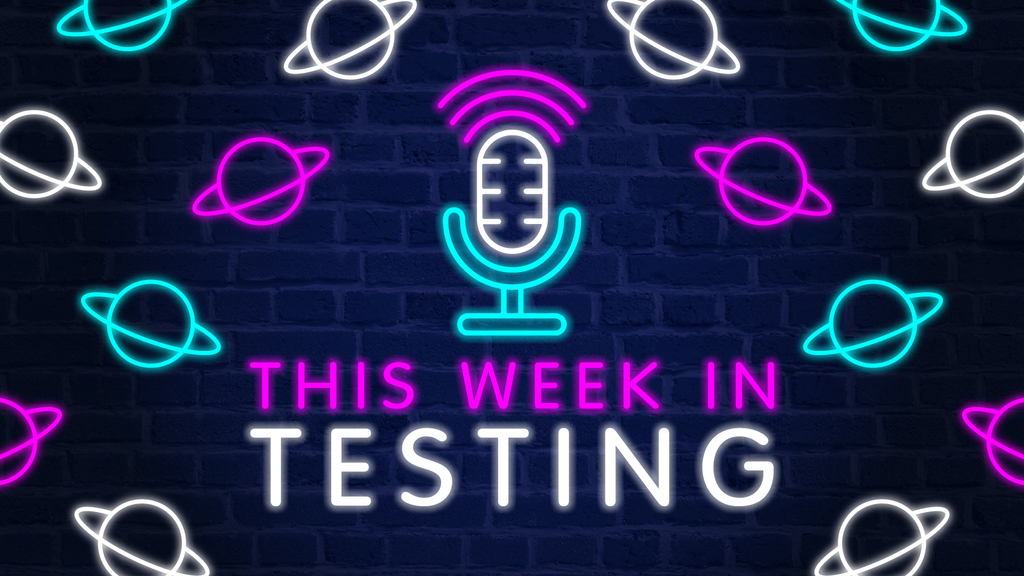What is a test environment?
A test environment is where you validate your software before it goes live. It's a complete setup that mirrors your production system—including the necessary hardware, software, network configurations, and third-party integrations.
Think of it as a safe sandbox where you can verify your application behaves correctly without risking real user data or business operations.
Think of it as a safe sandbox where you can verify your application behaves correctly without risking real user data or business operations.
Do you have any examples of test environments?
Here are common test environments you'll encounter:
- A staging server for web applications that includes your latest code deployment, test databases, mock payment systems, and automated testing tools.
- Mobile testing environments that combine real test devices, cloud-based device farms, and emulators to verify app behavior across different OS versions and screen sizes.
- Integration testing environments for microservices architectures where you can test service communication patterns and validate API contracts.
- Performance testing environments configured to match production capacity, allowing you to run load tests without impacting real users.
Why is a test environment important?
Test environments let you catch issues before they impact real users. When you discover a bug in testing, it costs far less to fix than if found in production.
They also give you confidence in your changes. You can verify new features work correctly and don't break existing functionality. Test environments enable your team to experiment safely, run performance tests, and validate security measures without putting production systems at risk.
They also give you confidence in your changes. You can verify new features work correctly and don't break existing functionality. Test environments enable your team to experiment safely, run performance tests, and validate security measures without putting production systems at risk.
What are the challenges with a test environment?
Keeping test environments in sync with production becomes harder as systems grow more complex.
Dependencies like third-party APIs, databases, and microservices multiply the configuration challenges. Resource constraints often force teams to share environments, leading to conflicts and inconsistent test results. Data management gets tricky, too—you need realistic test data that doesn't expose sensitive information.
Dependencies like third-party APIs, databases, and microservices multiply the configuration challenges. Resource constraints often force teams to share environments, leading to conflicts and inconsistent test results. Data management gets tricky, too—you need realistic test data that doesn't expose sensitive information.





